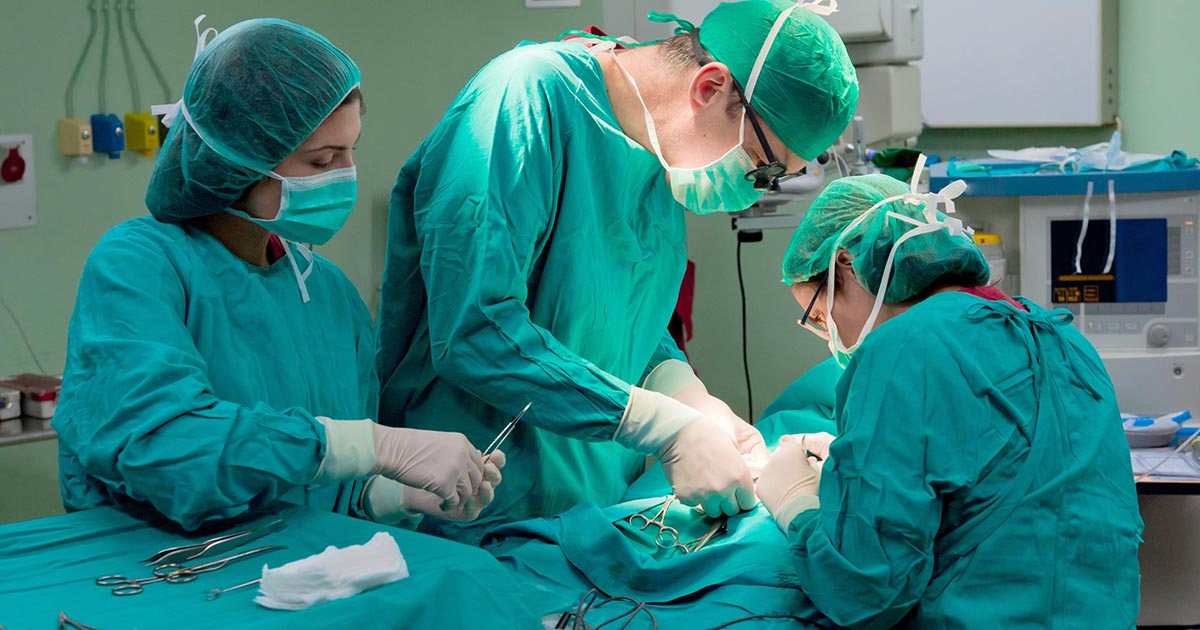Treatments For Osteogenesis Imperfecta
Surgical Intervention
Surgical intervention may be a necessity for some patients, but sometimes it is used as a standard part of treatment. Most commonly, surgical intervention is used to repair fractured bones, but it may also be used to correct bone deformities or align the spine. Rodding surgery is used often to treat children and adults with moderate or severe osteogenesis imperfecta. Rods will be inserted into the bone to correct deformities or to treat severe fractures. For corrective spinal surgeries, patients with a weak sternum and ribs may need surgery simply because they cannot wear a corrective brace. Of course, there are risks associated with surgery like bleeding or allergic reactions to anesthesia, but orthopedic surgeons are skilled enough to handle these situations.
Continue reading for more on treating brittle bone disease.
Regular Monitoring

While this may seem like common sense, regular monitoring is essential to treating osteogenesis imperfecta. Throughout childhood, patients need to be reminded to take care. Guardians should also take them to doctors for check-ups more frequently to ensure development is continuing as it should and their bones are healthy. In adulthood, it can be hard to remember to keep up these habits, but they are still just as essential. Adults should also focus on maintaining a healthy weight, diet, and exercise program. The exercise program should focus on keeping up or restoring personal care skills. Additionally, visits to a physician are still needed to make sure joints and bones are as healthy as they can be. Without regular monitoring, patients with osteogenesis imperfecta risk a decline in health.
Continue for more on treating this condition.
